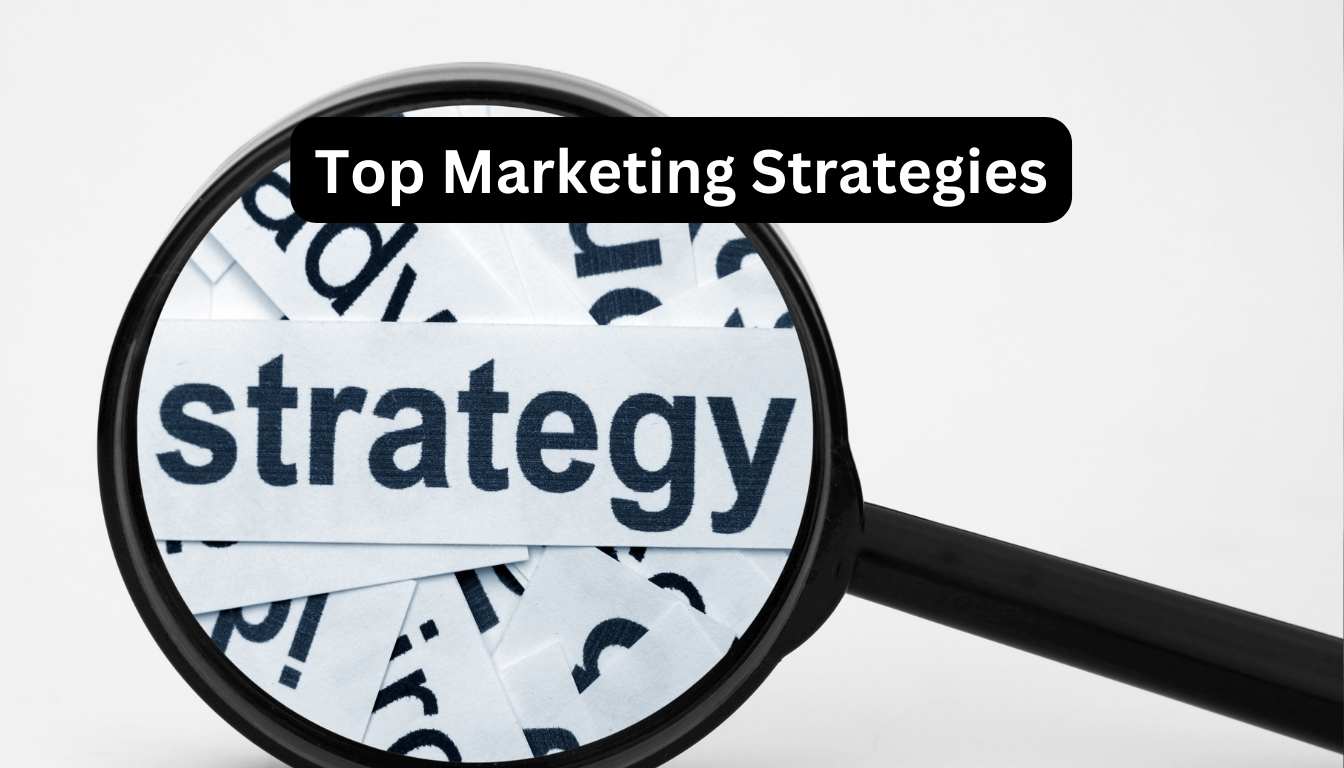Product development is about creating and marketing new goods or services. It aims to meet consumer needs and grow market share. This process uses methods like the fuzzy front end (FFE) and design thinking.
In product development, the plan is to find a need, create a vision, and then follow a roadmap. New product development goes through stages. These stages are idea generation, screening, concept development, marketing strategy, and more. It ends with launching the product.
Key Takeaways:
- NPD in marketing refers to the process of creating and marketing new or rebranded goods or services.
- The objective of NPD is to satisfy consumer demand and increase market share.
- Frameworks like the fuzzy front end (FFE) approach and design thinking guide the product development process.
- The stages of successful NPD include idea generation, screening, concept development, marketing strategy and business analysis, product development, test marketing, and product launch.
- NPD is essential for businesses to stay competitive, address market needs, and meet evolving consumer expectations.
What is Product Development?
Product development is all about making and marketing a new or updated product. It aims to meet consumer needs and boost market share. The process uses steps like the fuzzy front end (FFE) approach. This includes design identification, idea analysis, and making prototypes.
Market research is key in each step. It helps understand what customers want and like. This way, products match what people are looking for. Doing this makes products more popular and successful.
It’s important for companies to keep up with what customers want and trends. This helps them make smart choices. This way, they can create products that people love. Managing product development well gives businesses an advantage and helps them grow.
The Importance of Consumer Demand
Knowing what customers want is central to product development. It helps make products that truly connect with them. Researching the market and keeping an eye on trends let businesses find new opportunities. They can then create fresh solutions. This focus on the customer keeps companies ahead and meets changing needs.
Product Development Frameworks
Product development uses frameworks to guide its process well. Two top frameworks in the industry are the Fuzzy Front End (FFE) and design thinking. They help plan the development process to be efficient and successful.
The Fuzzy Front End (FFE) Approach
The FFE approach lets teams pick the order of steps to fit their product. It’s flexible to meet different needs and requirements. This approach has key parts:
- Idea analysis: Check and improve the initial idea by looking at its feasibility and potential.
- Concept genesis: Enhance the concept with market research, customer insights, and competitor studies.
- Prototyping: Build prototypes to test the concept and get feedback for more improvements.
With the FFE approach, teams can explore, analyze, and quickly adjust ideas. This ensures they fully understand the product before moving forward.
Design Thinking
Design thinking centers on people and iterates through set steps. It encourages creativity, teamwork, and innovation. Design thinking has these steps:
- Empathize: Learn about the issue and user needs with research and interviews.
- Define: State the problem clearly, noting its scope, goals, and limits.
- Ideate: Come up with many potential solutions for the problem.
- Prototype: Make prototypes or mock-ups for testing and feedback.
- Test: Check the prototypes with users to get feedback, learn, and fine-tune the product.
Design thinking steers towards empathy, creativity, and focusing on the user. This ensures products meet the users’ needs and wishes.
Using these frameworks leads to a systematic product development. It helps reach successful outcomes. Whether choosing the adaptable FFE or the person-focused design thinking, both frameworks direct the development steps. They help organizations create products that are innovative and well-received in the market.
Creating a Product Development Plan
A product development plan is key in guiding the product development journey. It outlines the steps to bring a new product to market. The plan touches on recognizing the product need, framing a clear vision, and detailing a roadmap of tasks and milestones. It also includes implementing these steps and refining the product as it develops.
Starting with thorough market research is crucial. It helps understand the target audience, competitors, and trends. This research identifies the product need and positions it effectively. With customer feedback, the plan adjusts to meet customer wants and needs.
It is vital to keep stakeholders involved during product development. This means working with internal teams like marketing, engineering, and design. It also means getting ideas from outside, like customers and suppliers.
Key Steps in a Product Development Plan
A comprehensive product development plan includes several crucial aspects:
- Identifying the product need and business case: This part involves looking into market trends and customer needs, determining what unique value the product offers.
- Creating a product vision: This is about defining the impact the product aims to have on the market.
- Developing a roadmap: This outlines the main stages, tasks, and milestones to bring the product to market.
- Implementing the roadmap: This involves the actual work, including designing, prototyping, testing, and manufacturing.
- Continuing with development and assessments: This focuses on regularly checking the product’s progress, making adjustments based on feedback and market changes.
A product development plan acts as a roadmap, keeping the project focused and on track. It ensures efficient use of resources and minimizes risks. It aligns everyone with the strategic goals of the project.
Stages of New Product Development
Creating a new product follows a clear process, which includes various steps. Every step is crucial for the product’s success.
- Idea Generation: At this first step, people come up with new product ideas. They brainstorm and check if the ideas are workable. The aim is to find creative solutions that meet what the market wants.
- Idea Screening: Here, the ideas are reviewed and sifted through. This is to only keep the best options. They use objective tests to see if an idea could work.
- Concept Development and Testing: Ideas that pass the screening get worked on more. They make prototypes or mock-ups, and then see what potential customers think. This helps make the ideas even better.
- Market Strategy and Business Analysis: When an idea is shaped into a concept, it’s time to think about the market. They identify who might buy the product, plan how to sell it, and look at whether it could be profitable.
- Product Technical Design: At this point, the focus is on making the product right. They consider feedback and make sure the product can be made and will meet customer needs.
- Test Marketing: Before fully launching, they test the product in a small market. This helps see if people will buy it and what could be improved.
- Market Entry and Commercialization: If the test goes well, they launch the product for everyone. The marketing is stepped up to increase sales and awareness.
Throughout making a new product, knowing what customers want and what competitors are doing is vital. This knowledge helps make the right choices and helps the product succeed.
Examples of Product Development
Taco Bell is known for its top-notch product development. They are constantly bringing in fresh ideas. This makes their menu exciting and different.
The innovation team at Taco Bell looks for ideas everywhere. They check out grocery stores, social media, and what their competitors do. By doing this, they come up with a lot of new product ideas.
After coming up with ideas, Taco Bell starts to develop and test them. They turn these ideas into real products. Then, they test these products a lot to make them perfect. This way, they know their customers will like them.
Not every idea turns into a hit, but Taco Bell is okay with that. They believe in trying new things, even if some fail. This attitude helps them learn and grow.
One interesting product they made is the Waffle Taco. It was a unique mix of waffles and tacos for breakfast. Even though it was eventually replaced by the Biscuit Taco, it shows how Taco Bell likes to innovate.
Taco Bell keeps bringing out new and unique products. Their dedication to creativity and testing new ideas is why they succeed. Customers always have something new to try at Taco Bell.
The Importance of New Product Development
New product development is key in today’s fast-paced market. It helps businesses stay ahead. They can meet new market needs, keep up with technology, and satisfy changing consumer wants. By introducing new products regularly, companies can stay competitive and meet what customers are looking for.
To succeed in creating new products, it’s important to know what customers want. This requires deep market research and unique product ideas. Also, businesses must analyze opportunities carefully to launch successfully.
Innovation drives new product development. Keeping up with market trends and new technologies helps. This way, businesses can make innovative products that respond to dynamic consumer needs. Through consistent innovation, companies set themselves apart from competitors and grab a bigger piece of the market.
Understanding what consumers expect is critical. By knowing and meeting these expectations, companies can build strong bonds with their customers. In a market driven by consumers, offering products that they desire is key for long-term success.
Introducing new products also showcases a company’s skill and adaptability. It shows they’re keeping up with market demands. This can improve a brand’s reputation and draw in more customers.
In conclusion, for businesses to succeed in a competitive environment, new product development is essential. By knowing the market, innovating, and meeting customer needs, companies can grow and flourish.
Tips for Successful New Product Development
To succeed in new product development, follow these expert tips. Using these best practices can boost your odds of success. It can lead to successful products.
Idea Generation
Begin by analyzing the market for trends, opportunities, and what customers need. Use surveys, interviews, or focus groups to get feedback. Also, study your competitors to find market gaps your product might fill.
Concept Testing
Do concept testing with potential users to validate your product ideas. Use their feedback to improve your concepts. This ensures your product meets customer expectations and their needs.
Market Research
Keep doing market research during the development. This checks if your product will sell and make profit. Understanding market trends, customer preferences, and competitors helps you make better decisions.
Agile Product Development
Use agile methodologies to make development smoother. This approach allows for quick changes based on feedback. Always value user feedback during prototyping to address their problems well.
Tracking and Measuring
Always track and measure your product’s launch success. Look at sales, customer feedback, and how the market reacts. Use this data to enhance the product and its market fit based on customer suggestions.
By adhering to these tips and using idea generation, concept testing, market research, agile development, and tracking, businesses can better develop and launch new products. These strategies help meet customer needs and spur on growth.
Conclusion
New product development (NPD) is key in marketing. It lets companies bring out new and creative products. This process goes through stages like coming up with ideas, testing concepts, doing market research, and checking out prototypes.
By using the best methods and listening to customer feedback, companies can do well in launching new products. They can stand out in the market too. It’s important for companies to really understand what the market wants, keep on being innovative, and have good strategies for placing and marketing their products.
With the right NPD strategies, businesses can grow and do better than what consumers expect.






